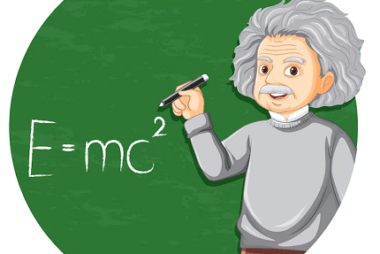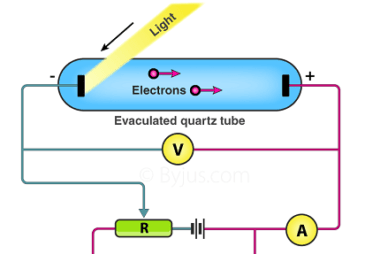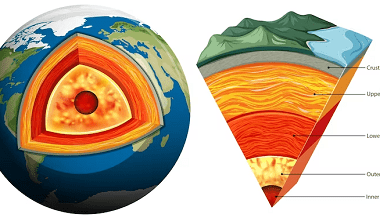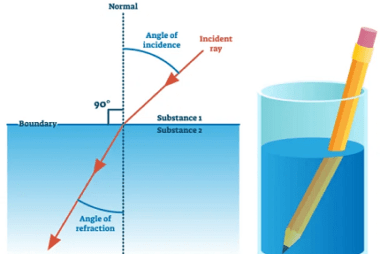Advance Course AIIMS-SYLLABUS Physics syllabus Einstein’s photoelectric equation
Einstein’s photoelectric equation Einstein’s photoelectric equation, also known as the photoelectric effect equation, is a fundamental equation in physics that describes the relationship between the energy of a photon and the kinetic energy of an emitted electron in the photoelectric effect. The equation is given by: E = hν – Φ where E is the…









